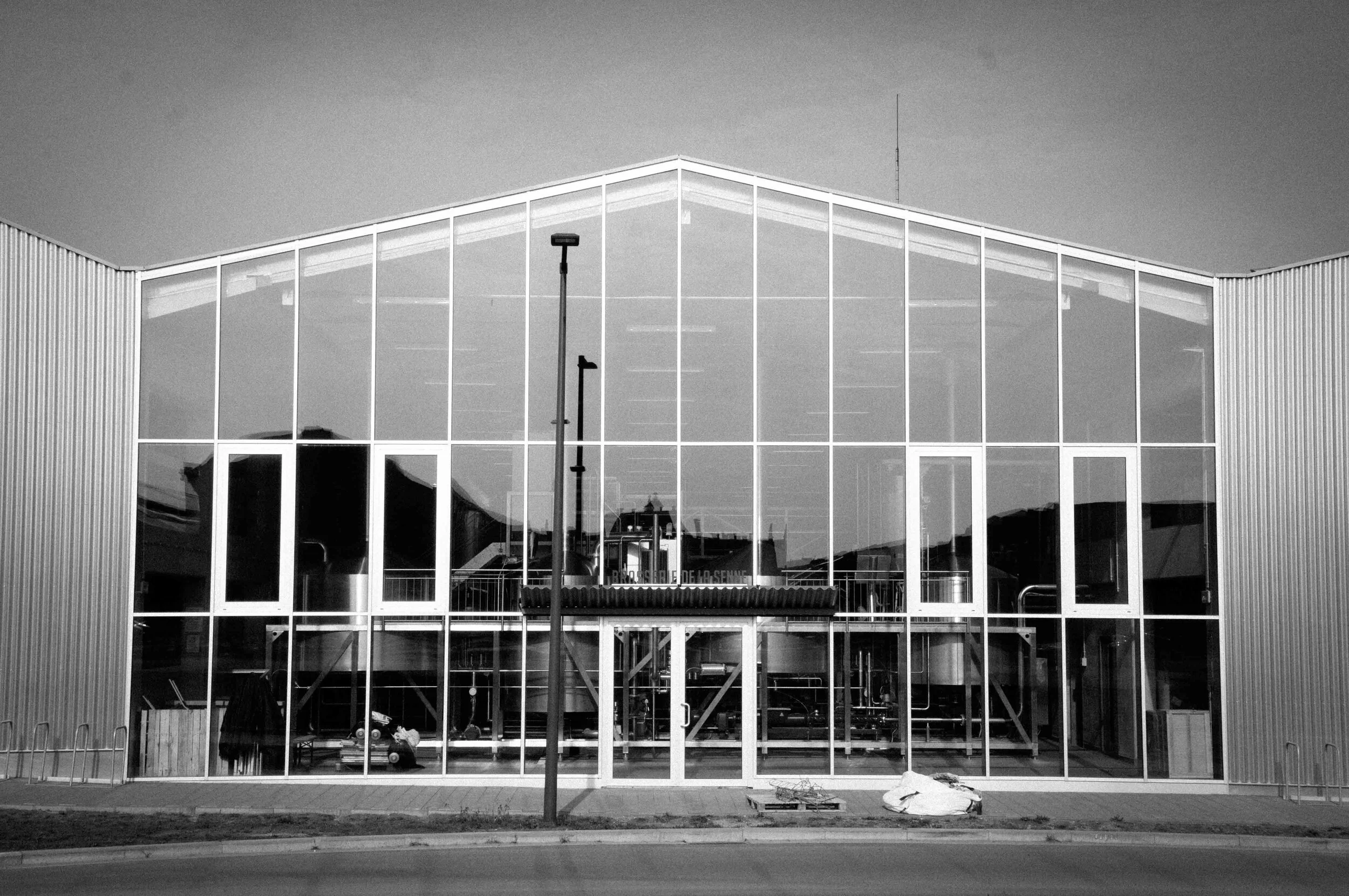A History of Brussels Beer in 50 Objects // #6 The Harvesters
Find out more about Brussels Beer City’s new weekly series, “A History Of Brussels Beer In 50 Objects” here.
Object #6 - Pieter Bruegel the Elder’s The Harvesters
16th century
Farm Life
The Harvesters is classic Bruegel.
The painting depicts an early autumn wheat harvest in the Pede valley. In the foreground a gaggle of farm labourers take a lunch break, eating pears, cheese and bread while in the background their colleagues continue working, scythes in hand. The background stretches away from the labourers into the valley, featuring nude monks frlocking in a lake and ships anchored in the distance.
One of the farm hands guzzles from a large ceramic cruche, and to their right through the wheat comes a colleague to replenish their beers, a jug in either hand. To judge by the frequency with which it appears in his paintings, Pieter Bruegel the Elder enjoyed a beer. Or, at least, he sympathised with his peasant subjects’ appreciation of it. Beyond The Harvesters, beer is present alongside carousing farmers at The Peasant Wedding, in the grand guignol of The Fight Between Carnival and Lent, and in the festivities of The Wedding Dance.
Bruegel’s life story is a bit of a puzzle for historians. Born near Breda between 1525 and 1530, Bruegel moved to Brussels in 1563 and settled with his wife in a townhouse on the Hoogstraat. He painted The Harvesters there in 1565, and it was Brussels where he died in 1569; his body is buried in the nearby Kapellekerk.
Historians are usually sure about one thing, however. That Bruegel’s peasants drank Lambic. Lambic is, as aficionados will take great joy in thoroughly explaining, one of the world’s oldest beer styles, indigenous to the Zenne valley and made today largely in the same archaic way as in Bruegel’s time.
Only, they weren’t, and it isn’t.
Bruegel did not paint Lambic-chugging peasants. He couldn’t. Because Lambic did not exist in 16th century Brussels. At least, not according to Lambic historians like Raf Meert. I can already hear beer historians, clutching their copy of Geuze & Kriek, mewling about “absence of evidence is not evidence of absence”. They will remonstrate about a tax clerk from the town of Halle called Remy le Mercier who, in 1559, wrote down rules for brewing beer with a grain bill featuring wheat and barley in similar ratios to those used for Lambic. Only, Monsieur le Mercier didn’t call this beer Lambic. Bruegel was buried for two centuries before Lambic made its first written appearance, in the papers of a 1794 payment dispute in Brussels between a brewer’s widow and a local bar owner about “quattre tonneaux d’allambique”. Lambic is old, a confusing, anachronistic relic of Brussels’ pre-industrial age, even if its history does not stretch back as far as 500-year-old Bruegelian peasants.
Maybe, when Bruegel ventured into Brussels’ pastoral hinterland, the workworn peasants and collapsed drunkards he found were drinking two beers that le Mercier did mention - Keute (Kuyte) and Houppe (Hoppe). And maybe the wheat Bruegel’s harvesters are gathering made its way into mash tuns to make these beers, and others with names like Braspenning and Waeghbaert - unfamiliar syllables to our ears, but utterly recognisable to Bruegel and his peasants.













